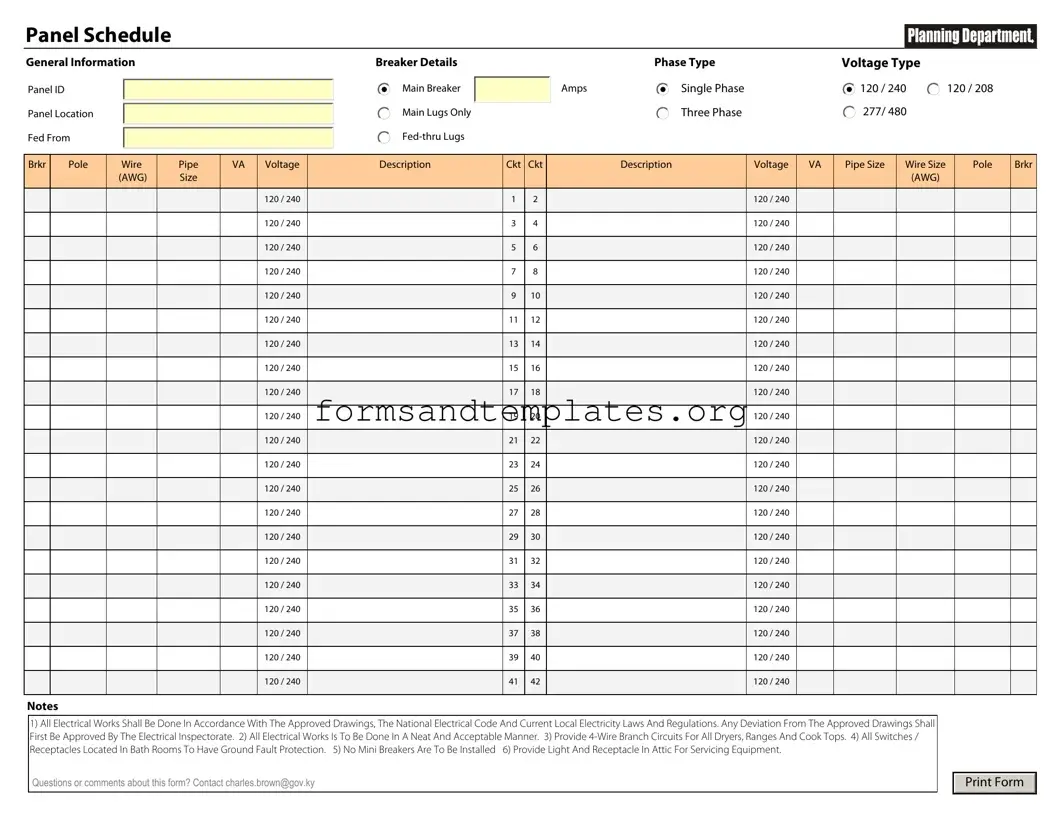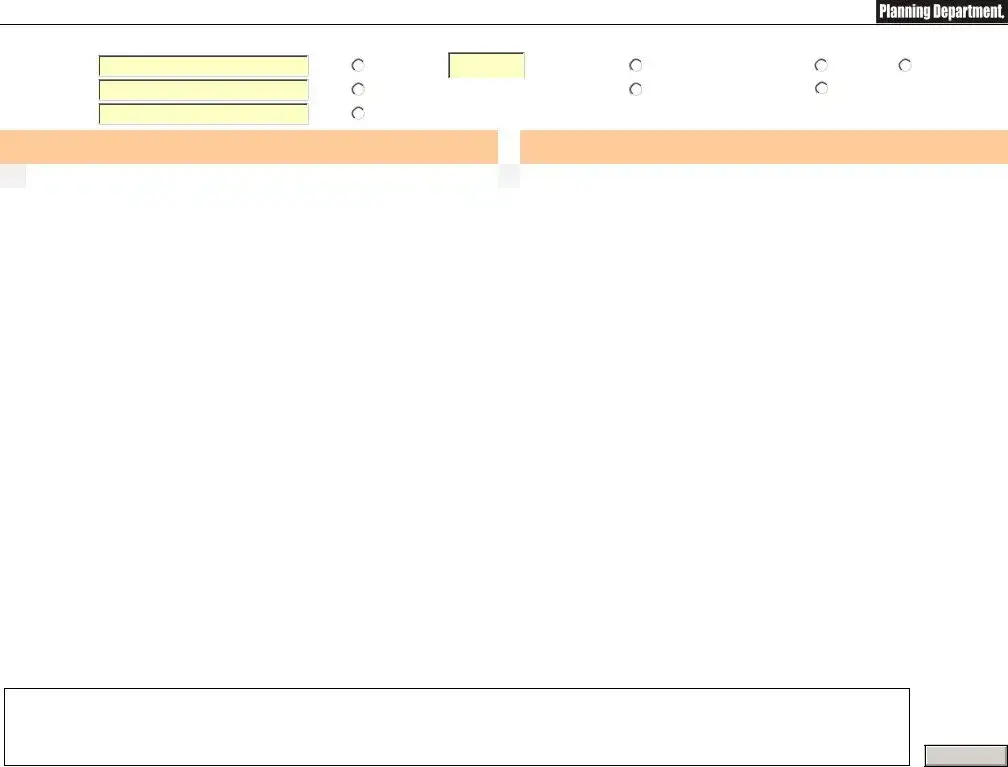What is an Electrical Panel Schedule?
An Electrical Panel Schedule is a document that outlines the circuits, breakers, and electrical loads within an electrical panel. It serves as a vital tool for understanding how electricity is distributed throughout a building. By providing a clear overview, it helps electricians, engineers, and building managers ensure safe and efficient electrical system operation.
Why is an Electrical Panel Schedule important?
The importance of an Electrical Panel Schedule cannot be overstated. It helps in several ways:
-
Safety:
It allows for quick identification of circuits, reducing the risk of electrical hazards.
-
Maintenance:
Regularly updated schedules facilitate easier troubleshooting and maintenance of the electrical system.
-
Compliance:
It ensures that the electrical system meets local codes and regulations.
Who should maintain the Electrical Panel Schedule?
Typically, the responsibility for maintaining the Electrical Panel Schedule falls to the facility manager, building owner, or the licensed electrician who installed or services the electrical system. Regular updates are crucial, especially after any modifications or additions to the electrical system.
An Electrical Panel Schedule generally includes the following information:
-
Panel Name or Number:
Identifies the specific panel.
-
Breaker Size:
Indicates the amperage rating of each circuit breaker.
-
Load Description:
Details the type of load connected to each circuit.
-
Voltage:
Specifies the voltage level for each circuit.
-
Phase:
Indicates whether the circuit is single-phase or three-phase.
How often should the Electrical Panel Schedule be updated?
It is advisable to update the Electrical Panel Schedule whenever changes occur in the electrical system. This includes adding new circuits, removing old ones, or changing the load on existing circuits. Regular reviews, at least once a year, can help ensure that the schedule remains accurate and useful.
Can I create my own Electrical Panel Schedule?
Yes, you can create your own Electrical Panel Schedule. However, it is essential to ensure that you have a clear understanding of the electrical system and follow any applicable codes and standards. If you are unsure, consulting a licensed electrician is recommended to ensure accuracy and safety.
What should I do if I notice discrepancies in the Electrical Panel Schedule?
If you notice discrepancies, it is crucial to address them promptly. Begin by verifying the information against the actual electrical panel. If you find errors, update the schedule accordingly. If significant issues arise, consider consulting a licensed electrician to assess the situation and ensure compliance with safety standards.
Is an Electrical Panel Schedule required by law?
While not all jurisdictions explicitly require an Electrical Panel Schedule, many local building codes and regulations encourage or mandate it for safety and compliance reasons. It is wise to check with local authorities or a licensed electrician to understand the specific requirements in your area.
How can I ensure the accuracy of my Electrical Panel Schedule?
To ensure accuracy, follow these steps:
-
Conduct a thorough inventory of all circuits and breakers.
-
Regularly review and update the schedule after any changes.
-
Consult with a licensed electrician for verification.
-
Keep a copy of the schedule easily accessible for reference.

